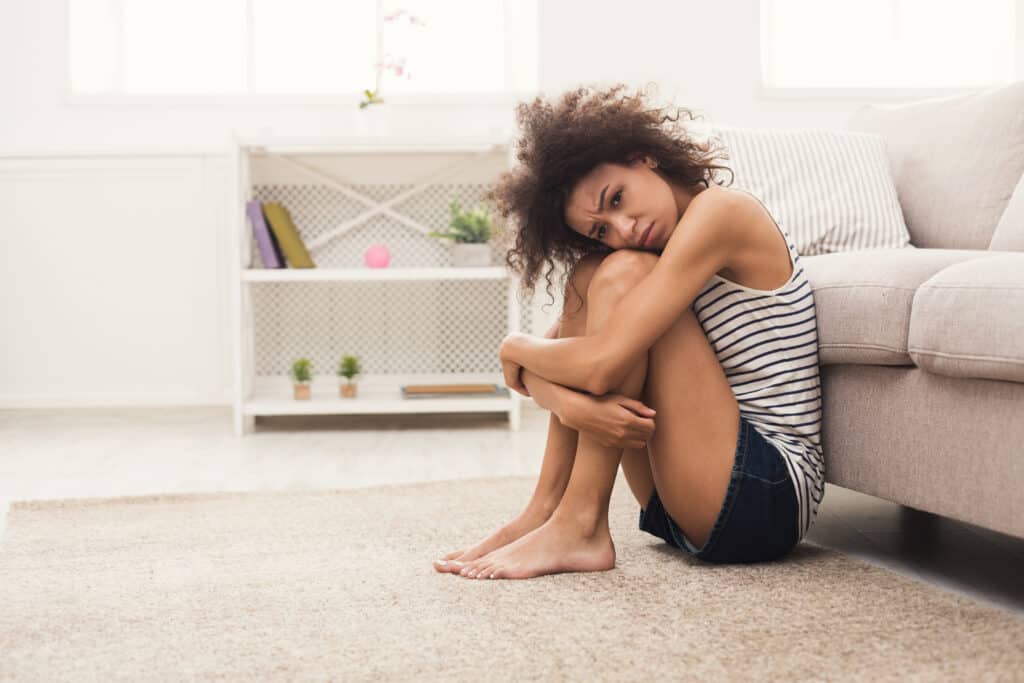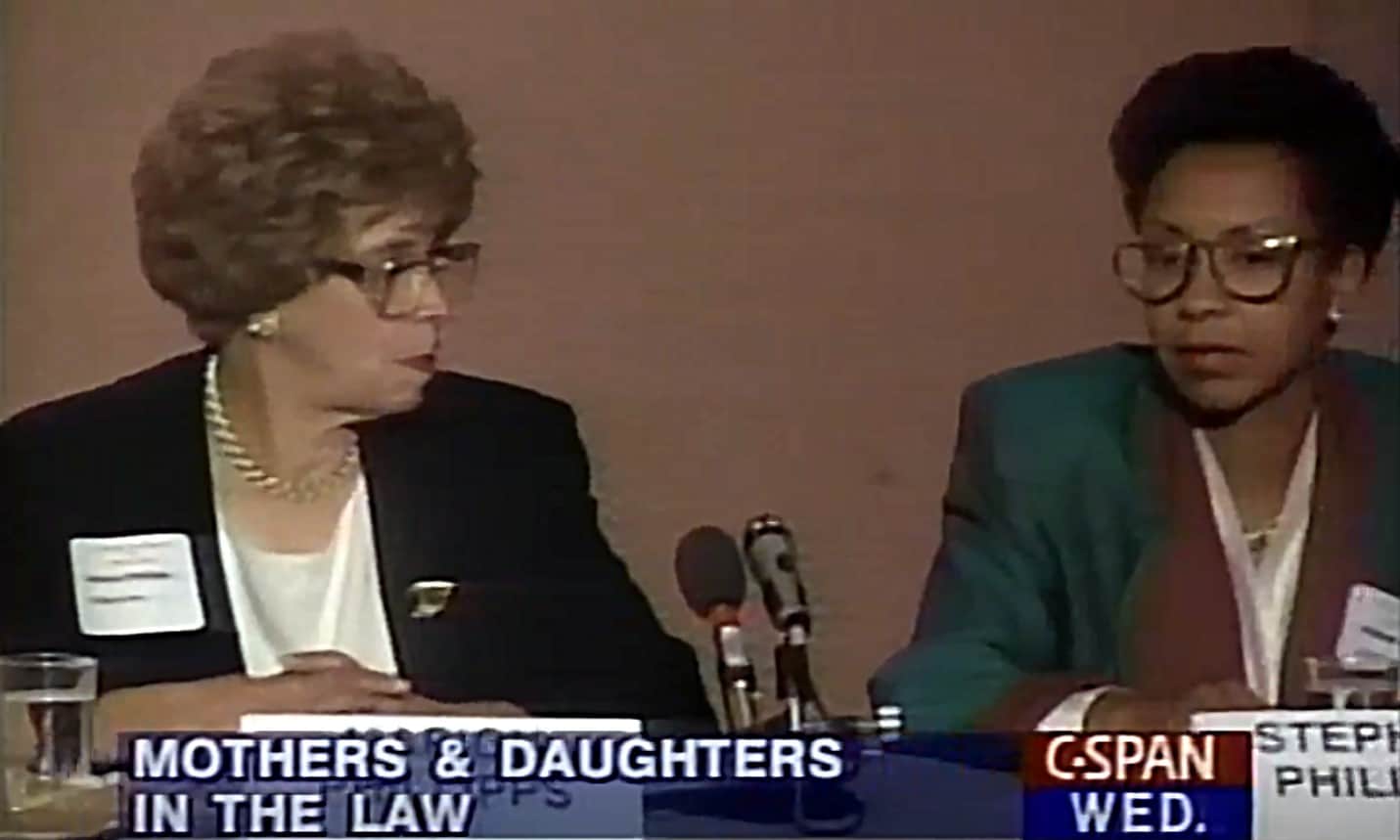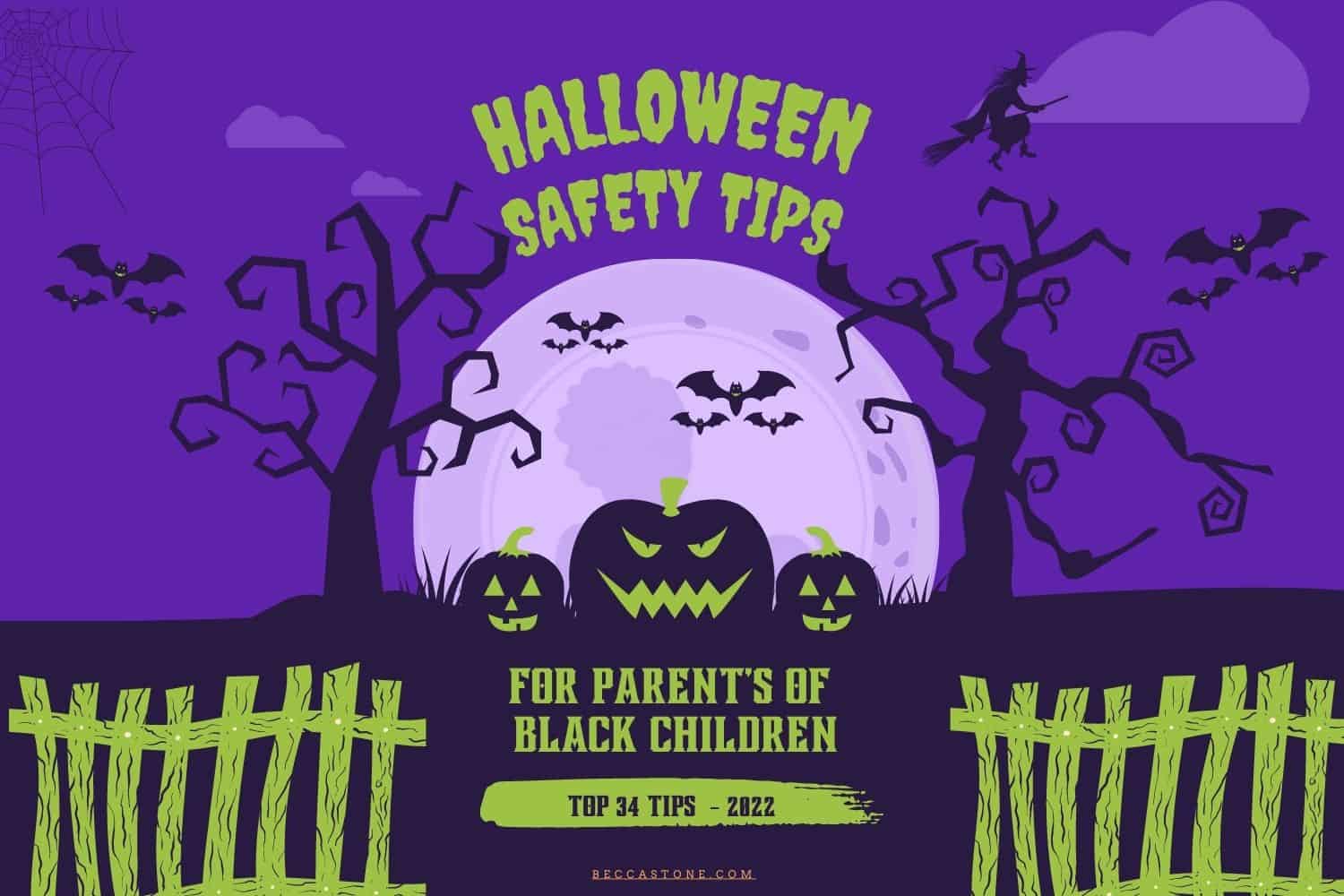
Dr. Fran E. Cook-Bolden, a noted NYC dermatologist, talks with Beccastone about children’s hair care.
1. Hair care for infants and toddlers?
Gentle treatment is the key. Avoid any heavy products and opt for shampoos and conditioners specifically designed for infants or bland and natural shampoos and conditioners with minimal ingredients. If moisture is needed, opt for a drop of light olive oil and stay away from commercial products. If the infant’s or toddler’s scalp or hair is very dry and scaly, you should see a doctor for advice.
2. How old should a child be before she gets a relaxer?
I recommend waiting as long as possible to use relaxers. Although they can help make hair more manageable and provide ease and versatility of styling, relaxing is a chemical process and we want to minimize the exposure to chemicals as much as possible throughout our lives.
If a child is younger than 9 or 10 years old, I strongly encourage the parent to try and wait if at all possible. Even at 9 and 10, the advice is still to wait longer if you can. Keeping children’s hair relaxer-free as long as possible will optimize hair health. Most small children participate in sports and activities which make natural styles ideal for easy maintenance.
3. How do you care for relaxed hair?
When the decision is made to relax a child’s hair, both the mother and the child must make a commitment. Of course, ultimately it’s the responsibility of the parent (depending on the age of the child) to take the necessary steps and care for the maintenance of hair health and care.
Caring for relaxed hair requires time and energy to keep it healthy. To maintain a relaxer, the new growth will need to be relaxed approximately every 8 weeks depending on the texture of the hair. It is important not to relax too often because it will cause the hair to be over processed and become dry and brittle. Shampooing and conditioning the hair every 7-10 days with a moisturizing formula will help maintain proper moisture balance and keep the hair strong.
4. Any special ingredients or products to stay away from or use when getting a child’s hair relaxed or doing it yourself?
It’s best to check with your hair care stylist or specialist regarding ingredients for your specific hair texture and style. Generally, products containing alcohol should be avoided, as should other chemicals, once the hair is relaxed. You should also minimize the use of blow dryers and curling irons ( and other heat and “pulling” sources).
5. Should you relax the hair yourself or go to a salon?
Having relaxers performed by a professional stylist is always desired. A professional stylist can help evaluate the child’s hair and scalp to determine whether a texturizer or relaxer is needed. The most important tip to remember is to begin with the right formula. Select between mild, regular and super only if needed based on hair texture. I suggest starting with a mild relaxer if at all possible.
6. How to care for natural hair? Same for dreds?
Natural hair can be very delicate and prone to damage. Whether the hair is soft or coarse to touch, because of the natural spiral and curvature of the hair, it is more difficult for our natural oils to travel down the hair shaft to keep it moisturized and protected, and the lack of natural hydration leaves the hair brittle and unprotected, hence more prone to breakage.
Shampoo and condition your child’s hair every week to 10 days with a moisturizing formula that has natural ingredients and conditioning agents which help seal in moisture. Combing the hair while wet should be done gently and with care to remove tangles before styling. Using a spray-on detangler or leave-in conditioner with a wide tooth comb can help hair become manageable. Since natural hair tends to be dry, using a daily moisturizer with naturals oils such as argan oil, olive oil, or soybean oil can help keep hair healthy. When you brush the hair, always use a 100% natural boar’s hair brush, no plastic or mixed.
When wearing locks, you can follow a similar regimen to keep the hair cleansed, conditioned and well moisturized. However, most stylists will recommend to retwist the locks every six to eight weeks to maintain its style.
7. How long can you leave in cornrows or braids? How should you care for braids?
Ideally, changing braids or cornrows weekly and minimizing the application of heavy oils during that time is what we recommend. Ms. Gholston, also recommends to shampoo and condition every week to ten days to keep the scalp healthy and avoid buildup. At night cover the braids with a silk scarf or bonnet to keep your style fresh. Use a light-weight leave-in moisturizer or braid spray to maintain moisture balance, and style with a spray-on oil sheen to help keep braids looking fresh.
8. Any particular hairstyles or trends that damage hair? Any concerns about extensions or weaves in young girls?
Any style that puts excessive traction (or pull) on the hair should be avoided. Alternating the hair style is a good idea to help minimize constant pull in the same direction and damage in specific areas. Extensions and weaves are added volume and WEIGHT which increase the pull and tension in areas where attached. Even with loose ponytails, remember to alternate the hair style to minimize constant pull in the same direction.
Avoid tension and opt for looser ponytails or braided styles that will not pull the hairline. Sleeping without clips, holders or barrettes can also help cut down on damage from excessive friction.
If considering weaves and extensions, it is better to wait to apply to young girls who are able to help care for their hair. For the best results visit a professional stylist and the parent must be sure to help with styling and maintenance in between visits.
9. Any common misconceptions about black hair that you would like to clear up for moms?
All hair needs care and maintenance, whether it is natural or relaxed. We want our children to love their hair, curly or straight. Choose the best style that fits your child’s lifestyle and that is easy to maintain without too much manipulation and fuss! There are many different textures and types of hair and each individual has a unique head of hair.
Explore various styles and once you find what works for you and your child, rock it and enjoy looking your best.
10. Any general advice you would like to give moms about caring for their children’s hair?
To keep your child’s hair healthy, learn their hair strengths and weaknesses. As you get more information on how to maintain their hair and keep it healthy, that knowledge can be passed on to your child. Always maintaining a positive attitude about the hair care experience will help children enjoy their hair care routine and will make them confident in their beauty.







Share your thoughts